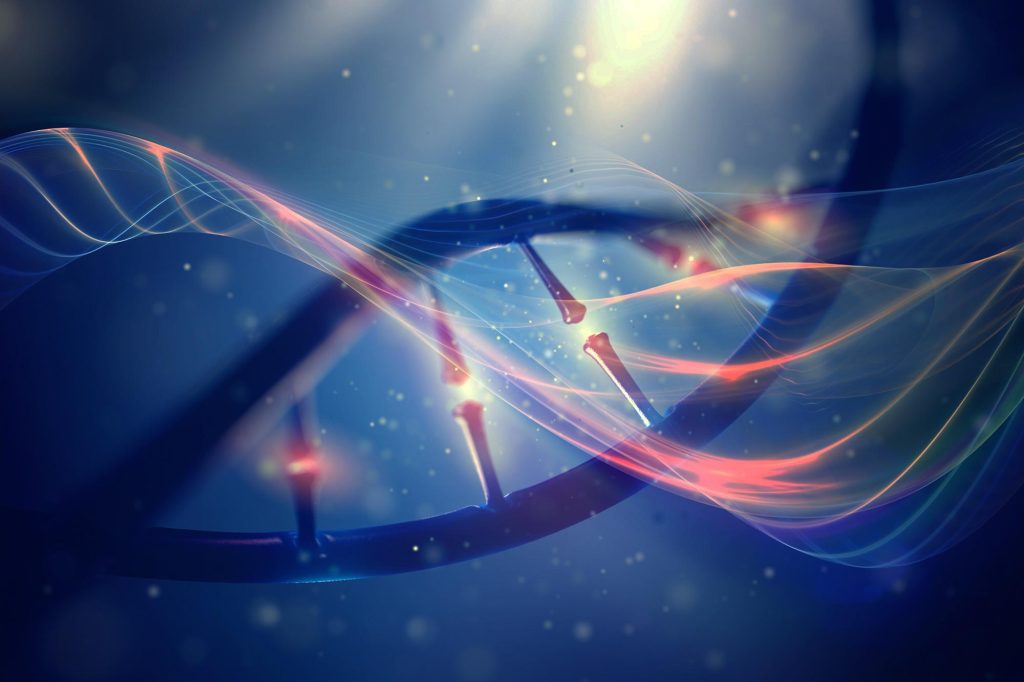

Los investigadores han descubierto que los organismos longevos a menudo muestran una alta expresión de genes implicados en la reparación del ADN, el transporte de ARN y la regulación del esqueleto celular, y una baja expresión de genes implicados en la inflamación y el consumo de energía.
Investigadores de la Universidad de Rochester interesados en la genética de la longevidad proponen nuevos objetivos para combatir el envejecimiento y los trastornos relacionados con la edad.
Los mamíferos que envejecían a ritmos muy diferentes se formaron por selección natural. Por ejemplo, las ratas topo desnudas pueden vivir hasta 41 años, que es 10 veces más que las ratas y otros roedores de tamaño similar.
¿Qué causa la longevidad? Un elemento crucial del rompecabezas, según un estudio reciente realizado por biólogos en Universidad de Rochester, Se encuentra en los mecanismos que controlan la expresión génica.
Vera Gorbunova, profesora Doris Jones Cherry de Biología y Medicina, Andrei Siluanov, primer autor de la publicación, Jane Long Lu, becaria de investigación postdoctoral en el laboratorio de Gorbunova, y otros investigadores analizaron los genes relacionados con la longevidad en un artículo reciente publicado en metabolismo celular.
Sus hallazgos indicaron que dos mecanismos reguladores que gobiernan la expresión génica, conocidos como redes circadianas y redes pluripotentes, son esenciales para la longevidad. Los descubrimientos son importantes para comprender cómo surge la longevidad, así como para proporcionar nuevos objetivos para el antienvejecimiento y los trastornos relacionados con la edad.

Al comparar los patrones de expresión génica de 26 especies con edades variadas, los biólogos de la Universidad de Rochester encontraron que las propiedades de diferentes genes estaban controladas por redes circadianas o redes de pluripotencia. Crédito: Ilustración de la Universidad de Rochester / Julia Joshby
Comparando genes de longevidad
Con una esperanza de vida máxima que va desde los 2 años (musarañas) hasta los 41 años (ratas topo desnudas), los investigadores analizaron los patrones de expresión génica de 26 especies de mamíferos. Descubrieron miles de genes que se asociaron positiva o negativamente con la longevidad y se vincularon con la vida útil máxima de la especie.
Descubrieron que las especies longevas tendían a tener una menor expresión de genes implicados en el metabolismo energético y la inflamación. y alta expresión de genes implicados en[{» attribute=»»>DNA repair, RNA transport, and organization of cellular skeleton (or microtubules). Previous research by Gorbunova and Seluanov has shown that features such as more efficient DNA repair and a weaker inflammatory response are characteristic of mammals with long lifespans.
The opposite was true for short-lived species, which tended to have high expression of genes involved in energy metabolism and inflammation and low expression of genes involved in DNA repair, RNA transport, and microtubule organization.
Two pillars of longevity
When the researchers analyzed the mechanisms that regulate the expression of these genes, they found two major systems at play. The negative lifespan genes—those involved in energy metabolism and inflammation—are controlled by circadian networks. That is, their expression is limited to a particular time of day, which may help limit the overall expression of the genes in long-lived species.
This means we can exercise at least some control over the negative lifespan genes.
“To live longer, we have to maintain healthy sleep schedules and avoid exposure to light at night as it may increase the expression of the negative lifespan genes,” Gorbunova says.
On the other hand, positive lifespan genes—those involved in DNA repair, RNA transport, and microtubules—are controlled by what is called the pluripotency network. The pluripotency network is involved in reprogramming somatic cells—any cells that are not reproductive cells—into embryonic cells, which can more readily rejuvenate and regenerate, by repackaging DNA that becomes disorganized as we age.
“We discovered that evolution has activated the pluripotency network to achieve a longer lifespan,” Gorbunova says.
The pluripotency network and its relationship to positive lifespan genes is, therefore “an important finding for understanding how longevity evolves,” Seluanov says. “Furthermore, it can pave the way for new antiaging interventions that activate the key positive lifespan genes. We would expect that successful antiaging interventions would include increasing the expression of the positive lifespan genes and decreasing the expression of negative lifespan genes.”
Reference: “Comparative transcriptomics reveals circadian and pluripotency networks as two pillars of longevity regulation” by J. Yuyang Lu, Matthew Simon, Yang Zhao, Julia Ablaeva, Nancy Corson, Yongwook Choi, KayLene Y.H. Yamada, Nicholas J. Schork, Wendy R. Hood, Geoffrey E. Hill, Richard A. Miller, Andrei Seluanov and Vera Gorbunova, 16 May 2022, Cell Metabolism.
DOI: 10.1016/j.cmet.2022.04.011
The study was funded by the National Institute on Aging.





More Stories
¿Cómo se hicieron los agujeros negros tan grandes y rápidos? La respuesta está en la oscuridad.
Una vaca marina prehistórica fue devorada por un cocodrilo y un tiburón, según los fósiles
El lanzamiento del cohete Falcon 9 de SpaceX se ha detenido a medida que se acercan dos importantes misiones de vuelos espaciales tripulados.